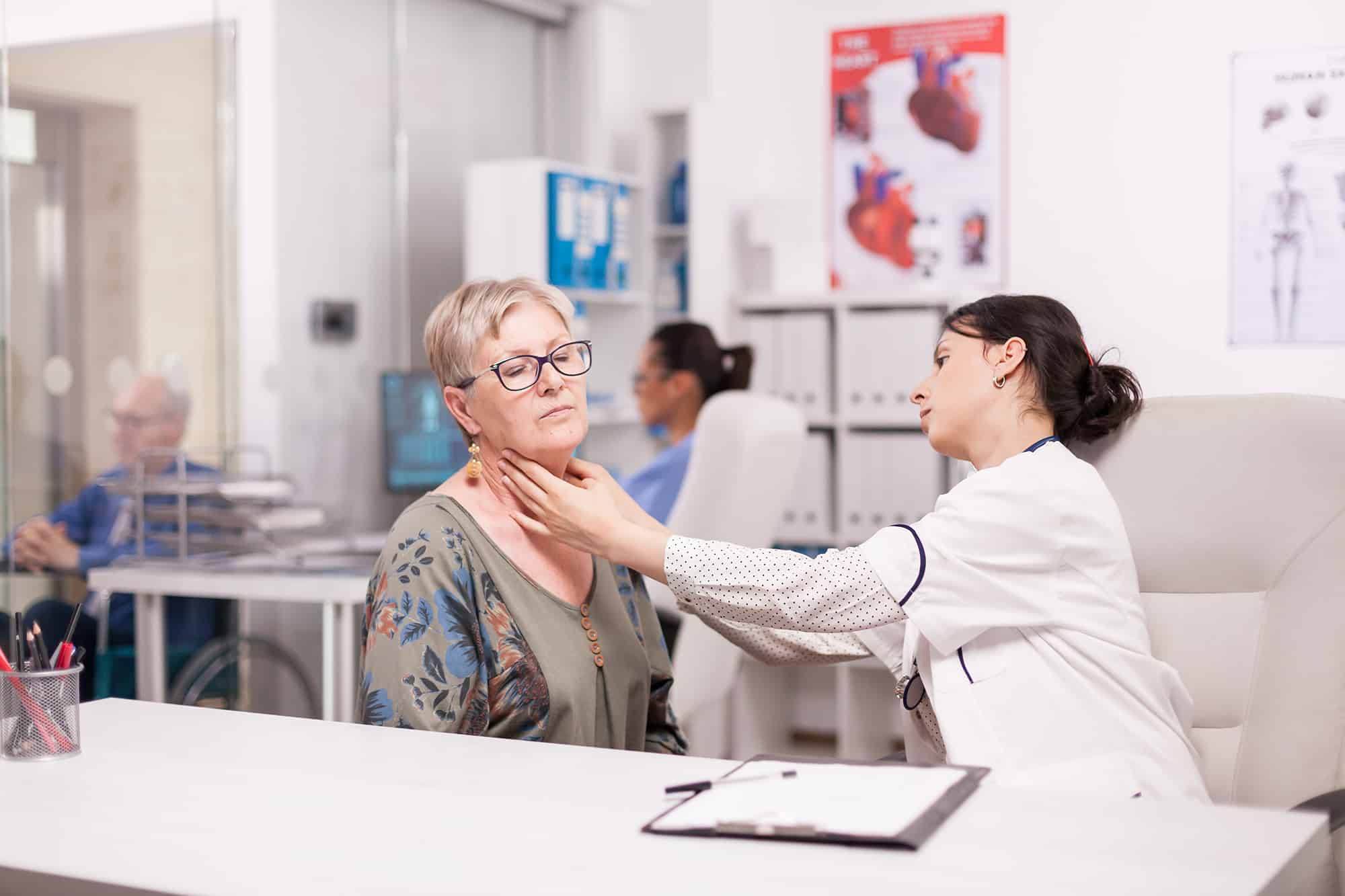 Dr Joshua Richmond MBBS (Hons), FRACGP, FRACP. FRCPA
Dr Joshua Richmond MBBS (Hons), FRACGP, FRACP. FRCPA
Clinical Haematologist
Lymphadenopathy is a common presentation in general practice and understanding the red flag symptoms and signs can improve treatment outcomes. The patients’s clinical history and examination can be very helpful in identifying patients who need urgent assessment.
The following symptoms and signs give guidance on when to refer patients with lymphadenopathy
- Unexplained night sweats, fevers and weight loss
- Persistent palpable enlarged lymph nodes >1.5cm (greater than 6 weeks)
- Rapid growth in a lymph node site
- Unexplained cytopenias and/or elevated LDH in association with lymphadenopathy
- Generalised lymphadenopathy
- Splenomegaly
The initial workup of these patients should include the following initial tests
- Excision biopsy of the lymph node for histology, flow cytometry and cytogenetics is the preferred diagnostic test. In some cases, the ability to access tissue is limited by the location of the nodes. With these cases, core biopsy via radiology guidance is appropriate. I would not suggest fine needle aspiration due to it’s poor specificity in lymphoma diagnosis workup
- PET/CT is the preferred staging radiology investigation as it has enhanced sensitivity in lymphoma staging and allows better assessment of extranodal involvement. CT scans of the neck,chest abdomen and pelvis are also appropriate in some low grade lymphoma patients
- FBC, ELFTS including LDH, serum EPP, Beta-2 microglobulin and serum immunoglobulins
If the patient has a past history of malignancy, then collaboration with the treating haematologist or oncologist can also help streamline the patient’s assessment.









